Rebel cricketer told officer to ‘Get stuffed’
As dashing in uniform as he was on the cricket pitch Keith Miller was never one to bow to authority
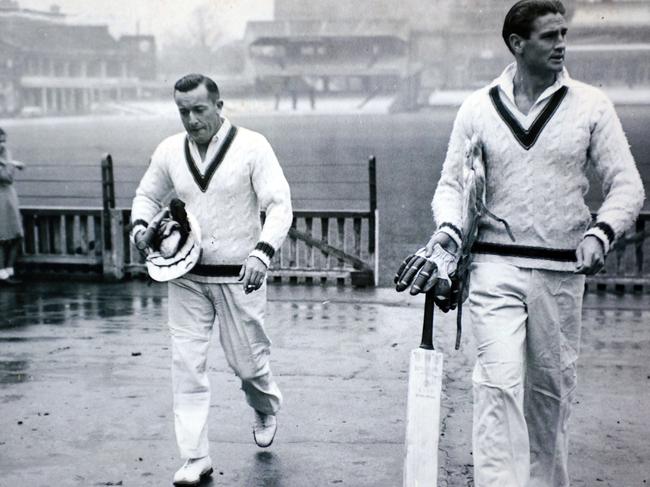
Today in History
Don't miss out on the headlines from Today in History. Followed categories will be added to My News.
NOVEMBER 28, 1919: BIRTH OF TEST CRICKET STAR KEITH MILLER
Dashing Australian pilot Keith Miller was not one to kow-tow to his superior officers. Primarily because he found them to be mostly inferior. Earlier in World War II he had served in the Australian Army motor division and been fined for using offensive language to an officer. When he later joined the RAAF his disdain for anyone with a higher rank continued.
One day when walking back to base with a mate after a few days leave an officer pulled up alongside him in a staff car and told him to take his hands out of his pockets “immediately”. His only response was “Get stuffed”. The officer drove off in a huff.
Miller’s friend was worried and said judging by the shiny gold braid he could have been an air Vice-Marshal. Miller quipped that he probably also had a “shiny arse, I’ll bet.”
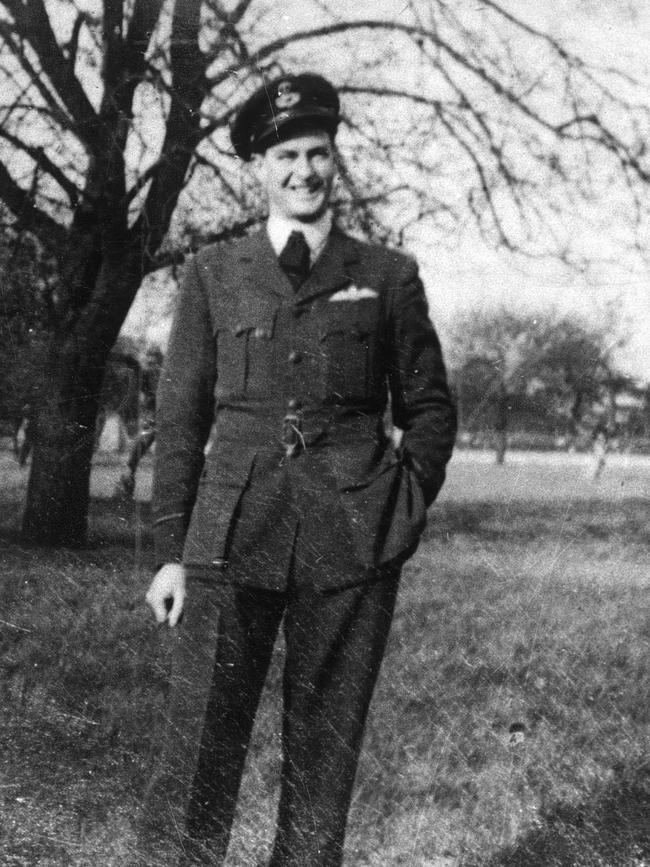
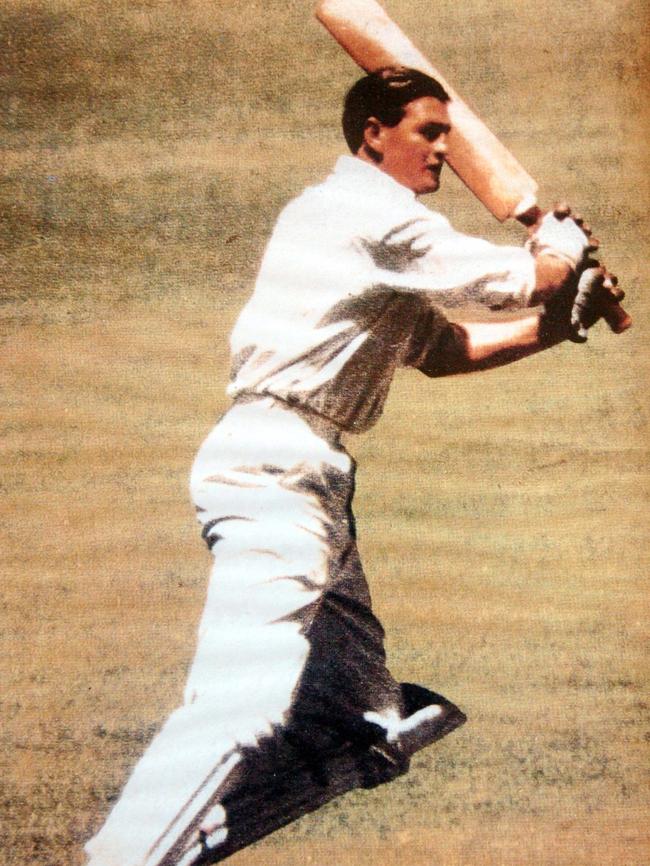
Although Miller, who was born a century ago today, never considered himself a hero for his war service, he took part in some dangerous missions, had some near misses and lost some good friends. He would be better known for his sporting career, as an Australian rules player, but especially as a cricketer, yet he preferred not to be labelled a hero for that either.
When someone asked him about the pressure of being successful in sport, he famously said: “Pressure, mate. In cricket? You’ve got to be kidding. Pressure is turning around and seeing a Messerschmitt flying up your arse.” He was one of Australia’s greatest all-rounders and one of the game’s great characters.
Born on November 28, 1919, in Sunshine, Victoria, his parents must have been fascinated by the air race from England to Australia that was taking place at the time of their son’s birth, because they named their son Keith Ross Miller after Ross and Keith Smith, who eventually won the event.
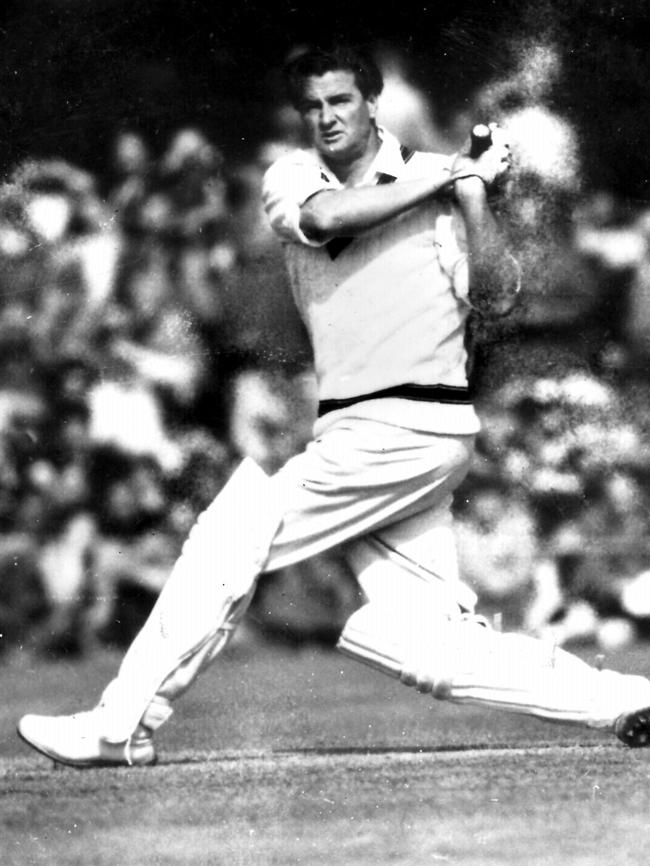
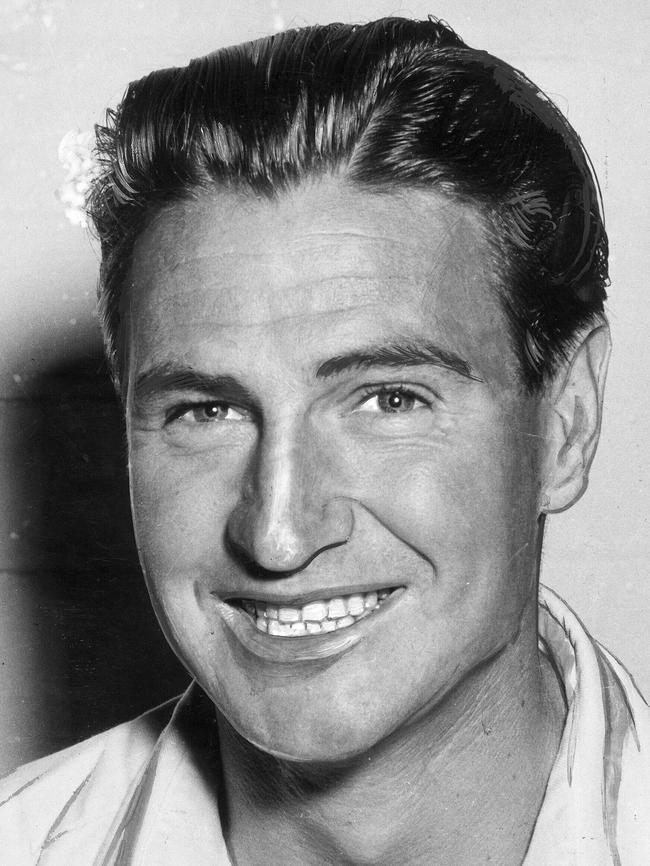
As a boy Miller played cricket in summer and Australia rules football in winter and was selected for a Victorian schoolboys cricket team at just 12. In high school his maths teacher was Bill Woodfull, former captain of Australia, who despaired of Miller’s abilities as a student but could see the boy had a bright future in sport. When he grew too tall to be a jockey he stuck with football and cricket.
He made the Victorian Sheffield Shield team in 1940 and was signed up to play with St Kilda, but that same year he also joined the militia. Constant disciplinary problems led to him leaving the militia to sign up for the navy. When the navy would not let his mate join he left and joined the air force instead.
Named after two pilots, Miller followed in their footsteps and became a pilot (that and the fact that he did not want to be stuck in a turret as a gunner). After training in South Australia and then Boston he was stationed in England. He was given leave to play cricket in games between English and Australian servicemen.
On one occasion this saved his life, when a pub he normally visited was destroyed during an air raid while he was playing cricket.
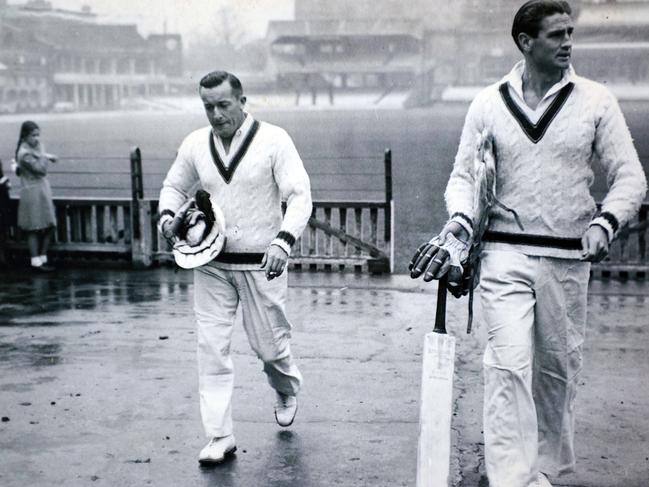
In between occasional charges for insubordination, or going AWOL to go to a classical music concert, Miller continued his pilot training and eventually flew missions over Germany, including bombing the Germany flying bomb factory at Peenemunde.
While in the air observing bomb damage in Germany at the end of the war, he took off from the formation to fly around Bonn. When he was asked why he said it was because it was where Beethoven was born and “I was curious to have a look at it”.
After the war he played cricket matches in the Australian services team against English sides and later in Australia against state sides. He was part of the famous 1945 “Victory Test” that was designed to revive interest in international games after the long hiatus imposed by the war. It led to his selection for the Test team in 1946 against New Zealand.
He was a part of the famous “Invincibles” team that toured England in 1948, under the captaincy of Don Bradman. Miller often bucked against Bradman’s authority and they had several run-ins. Miller’s omission from a Test team for South-Africa in 1948-49 has been put down to Bradman’s influence in the selection.
Struggling with a sore back, an injury sustained during his wartime piloting experiences, he played his last Test in 1956 and retired from the game soon after to become a cricket writer and later worked for a pool company.
He died in 2004 and was given a state funeral in Victoria.
Acknowledgments to Cricketers At War by Greg Growden, ABC Books $32.99
NOVEMBER 21, 1969: THE DEATH OF NORMAN LINDSAY
The artist who lived in the Blue Mountains must have felt his time was nearly up. In January 1969 he had donated more than $300,000 worth of his original artwork to the University of Melbourne’s school of architecture. In February he celebrated his 90th birthday but his health began to deteriorate as the year went on.
In November he was hospitalised and on November 21, 1969, 50 years ago today Norman Lindsay died. He left an estate valued at about $65,697, the equivalent of about $787,000 today.

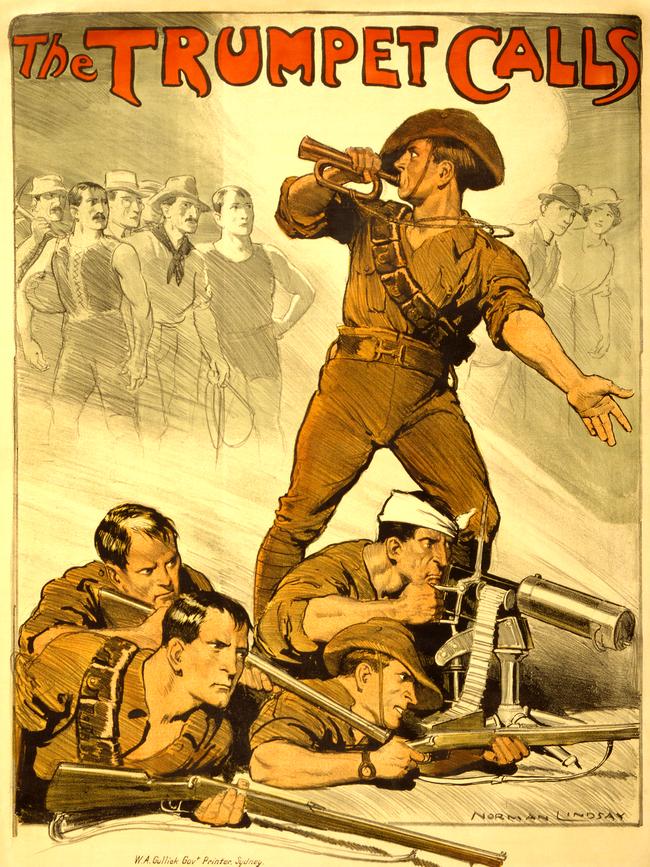
The bulk of his estate was bequeathed to the National Trust, on the condition that it buy his house at Faulconbridge to set it up as a museum and gallery dedicated to his life and works. In the last few months of his life he spent a lot of his time putting his home in order so it could be preserved. It later became the Norman Lindsay Gallery, with the artist’s studio preserved as if he only left it yesterday.
Lindsay’s reputation has grown since his death, but in his latter years he came to be seen as old-fashioned and out of step.
Lindsay was born on February 22, 1879, in the country town of Creswick in Victoria, the fourth son of Robert Lindsay, a surgeon from Londonderry in Ireland, with Scottish ancestry. As a child Norman suffered from a medical condition that prevented him exerting himself outdoors. He spent his time drawing, copying pictures he saw in magazines and newspapers and sketching household objects.
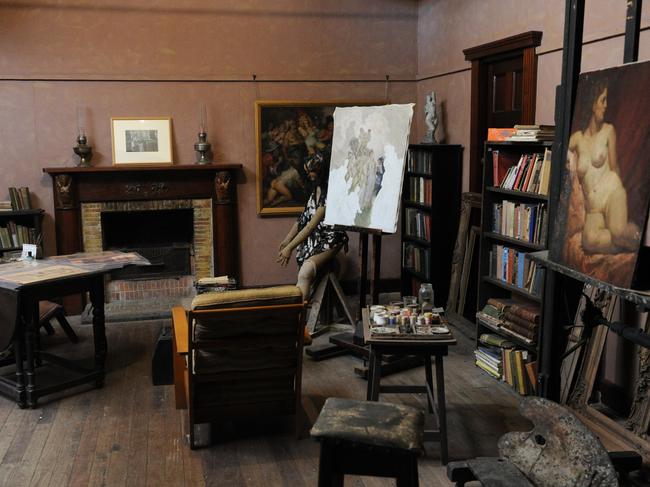
The artistic flair ran in the family. Of Robert’s 10 children five became noted artists. Among them was Norman’s older brother Lionel. At 16 Lindsay was good enough to join his brother in Melbourne working as an illustrator on the periodical Free Lance. When that magazine closed down both brothers struggled for a time before finding work with other publications.
In 1900 he married Katie Parkinson, the sister of a friend, who had become pregnant by him (their son Jack was born in October 1900). The next year he moved to Sydney to work for The Bulletin as a cartoonist and illustrator, while studying art and exhibiting some of his works.
Introduced to model Rose Soady in 1902, Lindsay later began an affair. While Katie moved to Brisbane with Lindsay’s three sons (Jack, Ray and Philip) in 1909, Lindsay travelled to Europe with Rose. There he saw Post-Impressionist works and derided them as primitive, preferring the already dated works of artists such as Manet and Degas.
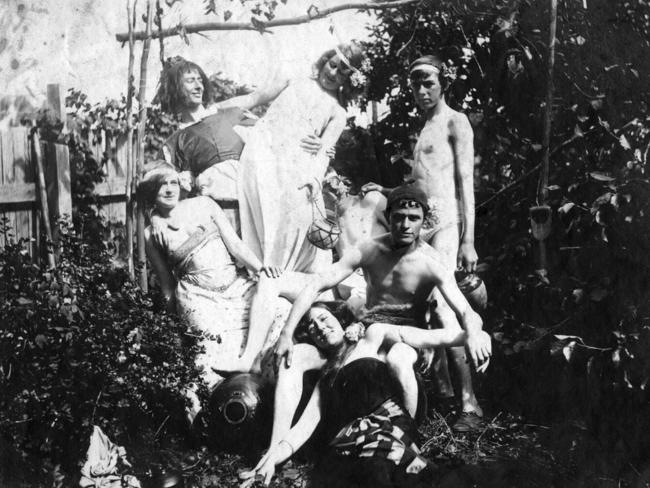
He returned to Australia in 1910 by which time his marriage to Katie had completely broken down. In 1912 he moved to the Blue Mountains. He stirred controversy in 1913, publishing the novel A Curate In Bohemia, in which a man considering joining the priesthood mixes with a corrupting group of artists, and also exhibiting an etching Venus Crucified showing a man nailing a woman to a tree.
By the beginning of World War I he was one of the country’s best known and highest paid artists. His war propaganda cartoons and posters became some of the best known images during the conflict.
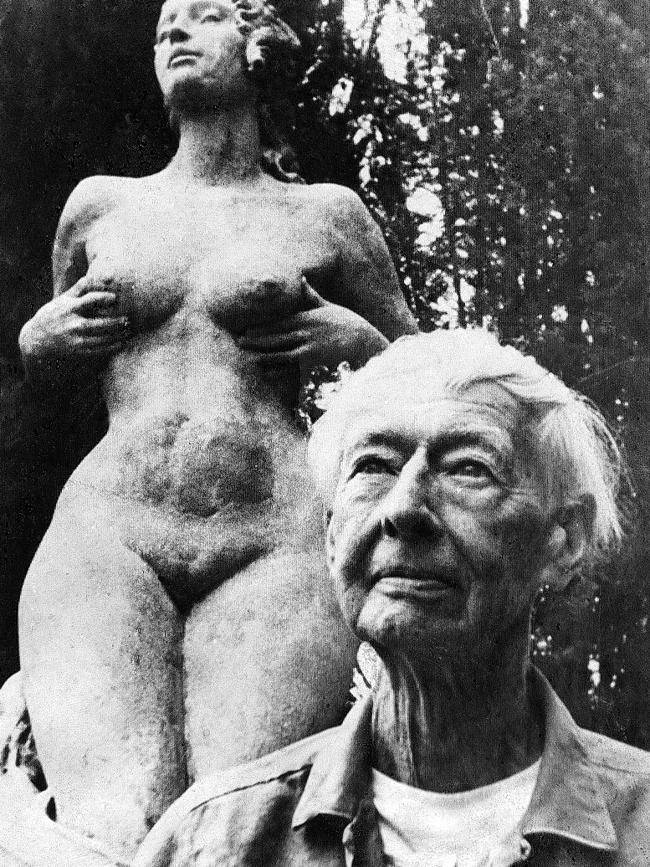
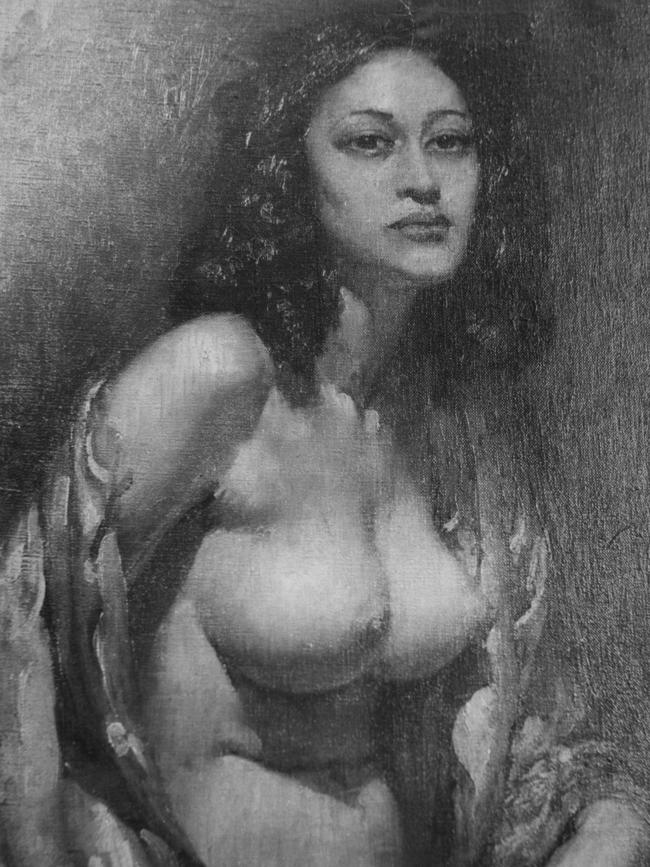
Profoundly shaken by the death of his brother Reg in the war, Lindsay turned to spiritualism, which caused tensions between him and Lionel and became the basis of a strange new personal philosophy that extolled the virtues of women’s sensuality as the source of creativity and artists as the having the ultimate social arbiters.
In 1918 he divorced Katie and published his children’s book The Magic Pudding. In the 1920s his home became a place of pilgrimage for artists and writers. In 1930 he published the novel Redheap. Partly autobiographical and partly a philosophical tract it was banned by government censors.
Falling into a creative and emotional slump in 1934 he rented a studio in Bridge St, Sydney, to try to stimulate his work. He produced a series of oil paintings and a new novel The Age of Consent, but by the end of the 1930s it was apparent that he was out of step with modern trends in art.
He continued painting, drawing, publishing novels through the 1950s, but was fired from the Bulletin in 1958, because his ideas were seen as outdated. It didn’t stop him continuing to contribute the occasional sketch or article to the magazine.
Despite his advancing years and his art being deemed unfashionable Lindsay worked up until his final year, completing his last painting, For King And Parliament, in September 1969, just two months before his death. He was cremated and his remains interred at Springwood cemetery. An autobiography titled My Mask was published in 1970.
*****
NOVEMBER 15, 1959: MURDER OF THE CLUTTER FAMILY
It was early in the morning and teens Bobby and Paul Irsik were going about their normal chores. Their father, Vic Irsik, was a hired hand on a farm owned by Herb Clutter and he had given his sons the task of milking two of Clutter’s cows.
The boys finished the milking and, as usual, took the milk up to the farm house to put it into a cream separator in Clutter’s utility room.
The boys went about their task as quickly as possible, eager to get away to hunt pheasant on another part of the property. They were always taught not to “snoop” around in the Clutter family’s home and this time was no different. They left the house and went on their way, without noticing anything was amiss. But had they disobeyed just this once they would have made a grisly discovery. Instead, that discovery was left to Nancy Ewalt and Susan Kidwell, teenage friends of Herbert’s daughter Nancy, who had come to take her with them to church. They found four members of the Clutter family murdered in their home.

It was November 15, 1959, 60 years ago today, when the girls made their horrific discovery. It sparked a major manhunt and the arrest of two ex-convicts for the murder.
It would have remained just another local crime had it not been for the fact that author Truman Capote read about it and turned it into a seminal work of “true crime”, the “nonfiction novel” titled In Cold Blood. It was a bestseller and started an American obsession with true crime.
Clutter was born in 1911 in Kansas. He grew up on a farm and was passionate about making that his life. He studied agriculture at Kansas State College, getting his bachelor degree in 1933. In 1934 he married Bonnie Fox (who was born in 1914) and their first child Eveanna was born in 1936. In 1939 a second daughter Beverly was born and they moved to Holcomb where they began farming.
A third daughter Nancy was born in 1943 and a son Kenyon was born in 1944. Herb became a well-respected member of the local community. He was a founder of the Kansas Association of Wheat Growers, served as a member of the Agriculture Department’s Price Stabilisation Board and in 1954 was appointed to the Federal Farm Credit Board. Meanwhile, his farm was doing well, but he was not rolling in money.

But a former farmhand, Floyd Wells, seemed to think Clutter was rich. While serving time with petty criminal Dick Hickock, he talked about seeing Clutter handling a lot of money. When he was released in 1959 Hickock talked his friend Perry Smith, who he had met in prison, into helping him rob the Clutter farm. On the night of November 14 they entered the Clutter family home, woke the family and demanded the father open his safe.
But there was no safe and no piles of cash. In the early hours of November 15, Smith and Hickock bound, gagged and murdered the family, Herb’s throat was cut before he was shot in the head. The others were all shot. It was partly out of rage and partly because the
men were determined to leave no witnesses. They left with a radio, less than $50 in cash and a pair of binoculars.
After the bodies of the family were discovered, the Kansas Bureau of Investigation launched a major investigation under Alvin Dewey. Among those questioned were Nancy Clutter’s boyfriend Bobby Rupp, who is believed to have been the last person to see the family.
At the time award-winning author Capote read an article about the crime and decided it would be a great subject for his next book. He travelled to Kansas with his cousin Nelle Harper Lee (author of To Kill A Mockingbird) and interviewed police and locals.
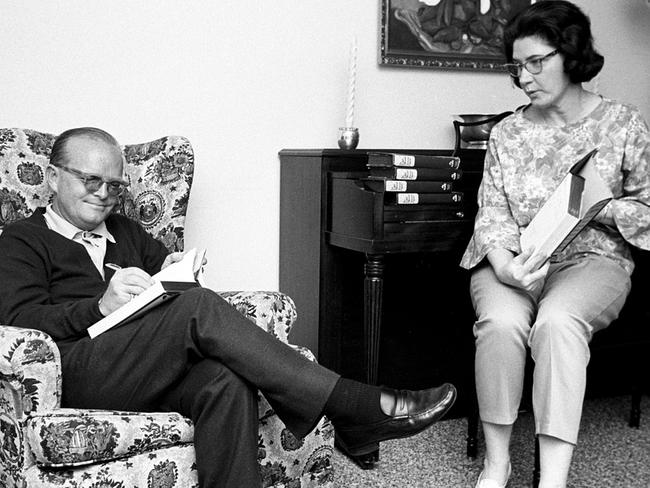
A breakthrough in the case came when Wells heard about the crime and told police about his time in prison with Hickock. Hickock and Smith had long since fled, making their way across the country, spending time in Mexico, before they were finally arrested in Nevada on December 30.
A hastily concocted alibi about being with prostitutes on the night of the murder fell apart and at their trial in March 1960 they tried to mount a defence of temporary insanity. But the jury took less than an hour to find them guilty.
During their time on death row, Capote was allowed to interview the men, gathering material for his book, which was published in 1965, after the men were both executed by hanging in April of that year. The book was nominated for the Pulitzer Prize and has been adapted to both films and TV series.
Capote was later criticised for inaccuracies in the book, including invented scenes and dialogue.

